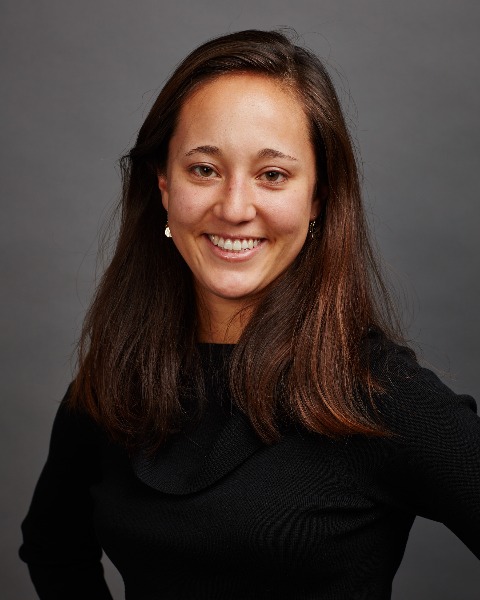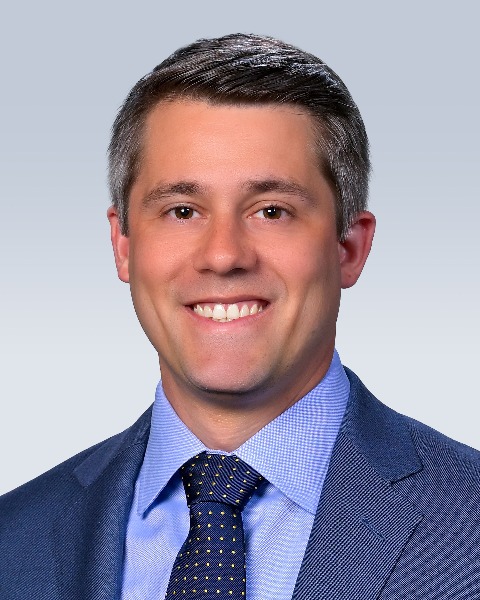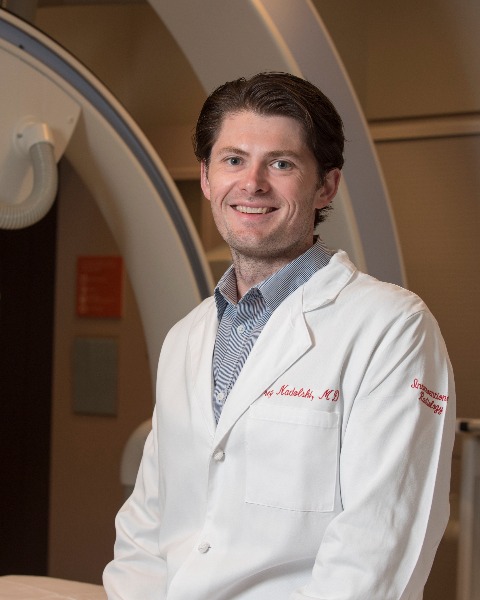General IR
Changes in the Match: Results of an IR Applicant and Program Director Survey Regarding Virtual Interviews and Step 1 Pass/Fail

Monica M. Matsumoto, MD
Resident
University of PennsylvaniaDisclosure(s): No financial relationships to disclose

Daniel M. DePietro, MD
Assistant Professor
University of Pennsylvania- SS
Susan Shamimi-Noori, MD
Program Director
University of Pennsylvania 
Jason C. Hoffmann, MD, FSIR
Interventional Radiologist
NYU Langone Health- TG
Terence P.F. P. Gade, MD, PhD
Assistant Professor of Radiology
Department of Radiology, Hospital of the University of Pennsylvania 
Shilpa Reddy, MD
Assistant Professor, IR
Penn Medicine
Gregory J. Nadolski, MD
Attending Physician
Penn Image-Guided Interventions (PIGI) Lab, Hospital of the University of Pennsylvania, Division of Interventional Radiology
Presenting Author(s)
Author/Co-author(s)
Materials and Methods: An electronic survey was distributed to all IR PDs and integrated IR applicants who matched in the 2022 cycle. Summary and descriptive statistics are reported; Likert-type responses are compared using two-sample t tests.
Results:
68 matched applicants (40%) and 47 PDs (52%) responded to the survey. 67% of applicants and 95% of PDs thought the virtual interviews resulted in over-applying/-interviewing. Both applicants and PDs said the three most positive factors associated with virtual compared to in-person interviews were: overall convenience, ability to apply to programs, and ability to interview at desired number of programs. The three most negatively-impacted factors were: ability to evaluate program culture, equipment, and geography. The most disparate score was in overall enjoyment of the interview process, with ranking 6th among applicants and 7th among PDs (P < 0.0001).
Regarding the implementation of USMLE Step 1 pass/fail, 63% of applicants and 45% of PDs think that the new system will be less equitable for applicants. 61% and 56% of applicants think the process will be more stressful and will overall hurt them, respectively. With the pass/fail system, both applicants and PDs thought the factors that will increase in importance the most are: USMLE Step 2 Clinical Knowledge (CK) score and letters of recommendation. The most disparate perception of important factors were: research experiences (P = 0.0001) and number of publications/presentations (P = 0.0004), with applicants assigning greater importance compared to PDs. Currently 36% of PDs reported using a Step 1 score cutoff, of which 75% were ≥211.
Conclusion: While the virtual residency interview process provides tremendous convenience and cost savings, ongoing efforts are needed to mitigate over-applying/-interviewing and to better allow applicants to evaluate programs {1-3}. Both applicants and PDs expect greater importance of Step 2 CK score and letters of recommendation when Step 1 changes to a pass/fail system {4-5}, although these results suggest applicants place outsized emphasis on research and publications.

.jpg)
.png)
.png)
.jpg)
.png)
.png)
.jpg)
.png)
.png)